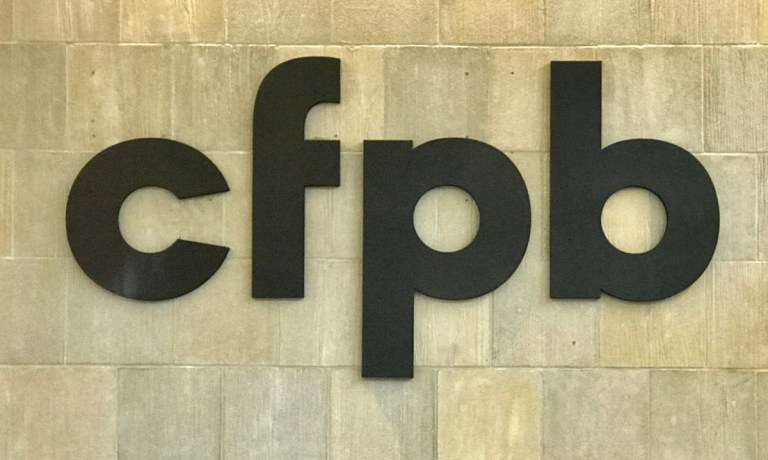
Call it a form of fixed pricing in the banking industry.
Financial services are joining the ranks of segments, such as pharma, where there are rules governing what enterprises can charge customers.
And there may be some unintended consequences as a result.
The Consumer Financial Protection Bureau finalized Tuesday (March 5) a rule that cuts what it termed “excessive credit card late fees” by reducing the typical fee from $32 to $8. The new rule also ends automatic inflation adjustments for issuers that have at least 1 million open accounts. The CFPB said in its Tuesday statement that the $14 billion in credit card late fees levied in 2022 are more than 10% of the $130 billion that issuers charge in interest and fees overall.
“The average late fee for major issuers has steadily ticked up since the passage of the CARD Act, going from $23 at the end of 2010 to $32 in 2022. For some large credit card companies, late fees are a major driver of their profit model,” the CFPB contended.
The impact of fees, in general, is a timely discussion, given the fact that 45% of consumers revolve their balances, at least occasionally.
As for the economics of the cards themselves, and the economics of the late fees, the Federal Reserve noted that “the credit function makes up approximately 80% of the credit card profitability, whereas the contribution of the transaction function is slightly negative, as rewards and other expenses on credit card transactions outpace banks’ interchange revenues. In addition, fees — in particular late fees — comprise approximately 15% of credit card profitability.”
At the same time, the Fed added, the net transaction margin — as measured via the net income of credit card purchases per dollar of purchase volume — has declined due to the rise of expenses tied to rewards, which accrue as more members spend, more often, with their cards in hand.
The credit card fees are earmarked to help fund other innovations elsewhere in the banking industry, such as email reminders and other outreach mechanisms. Capping the card late fees also comes in the wake of an industry-wide shift from overdraft fees, which were $9 billion in 2022, down from nearly $13 billion in 2019 as more banks eliminated them. The CFPB is also considering rules that would reduce overdraft fees to around $14.
PYMNTS Intelligence found that 69% of high-income consumers — those earning more than $100,000 per year — overdrew their accounts and paid fees. As many as 54% of low-income consumers — those earning less than $50,000 annually —did so. Data showed that the average consumer is overdrawn for around 9 days. The fees, then, might be used strategically, to ensure that consumers’ banking (and check payments) proceed uninterrupted.
The dwindling, capped pool of fees may give the regulators grist for the headline mill, but eventually, the move may have unintended consequences as banks look to cut costs elsewhere to offset the impact by trimming some services and product features.